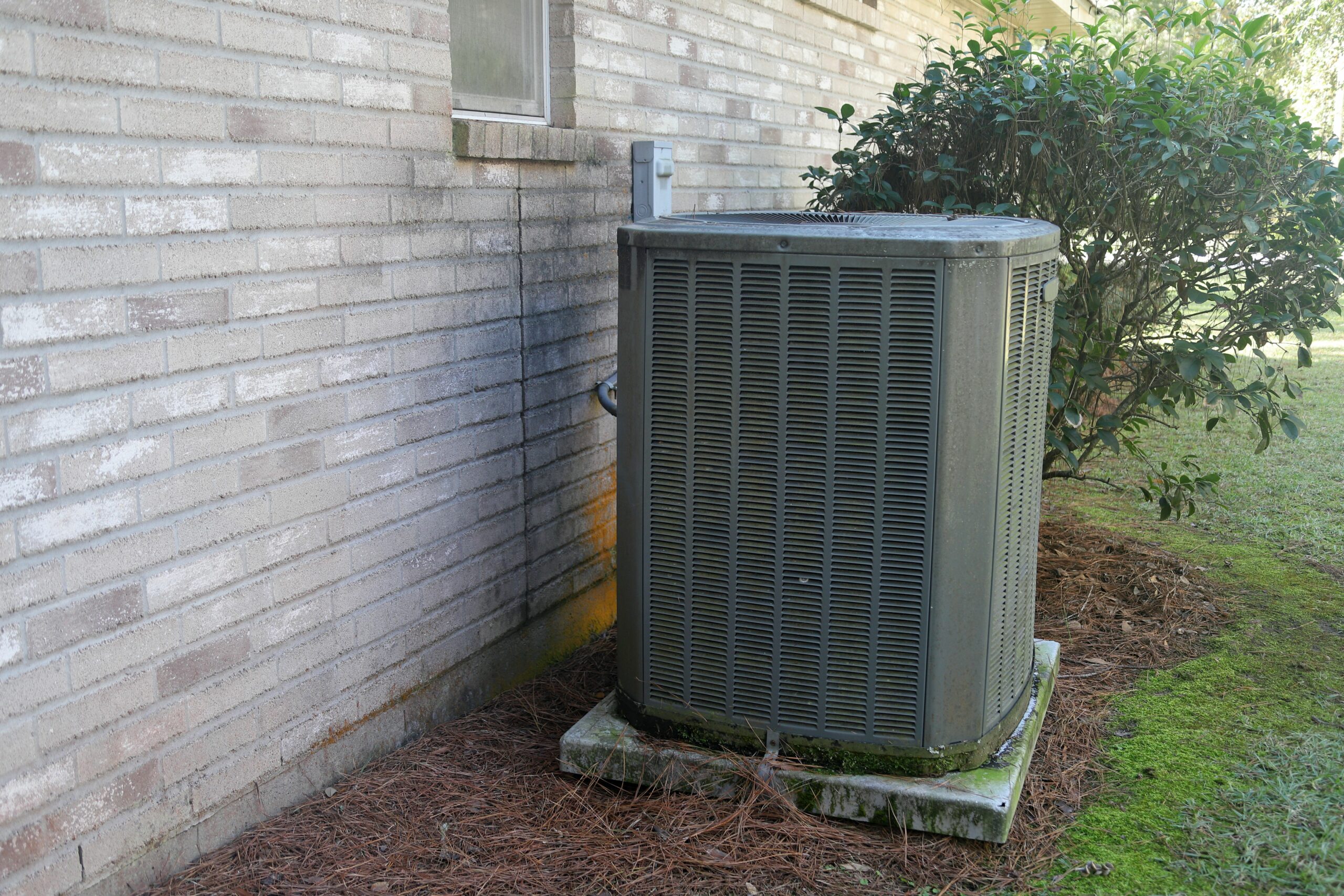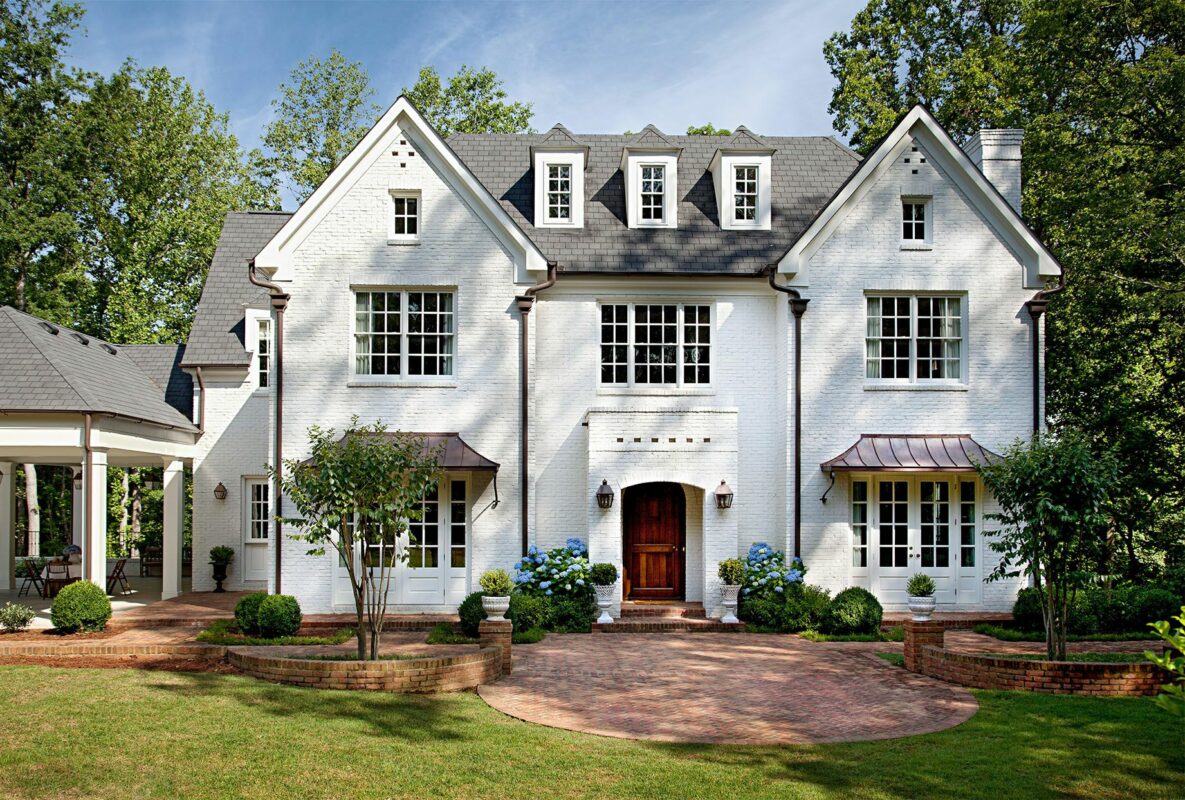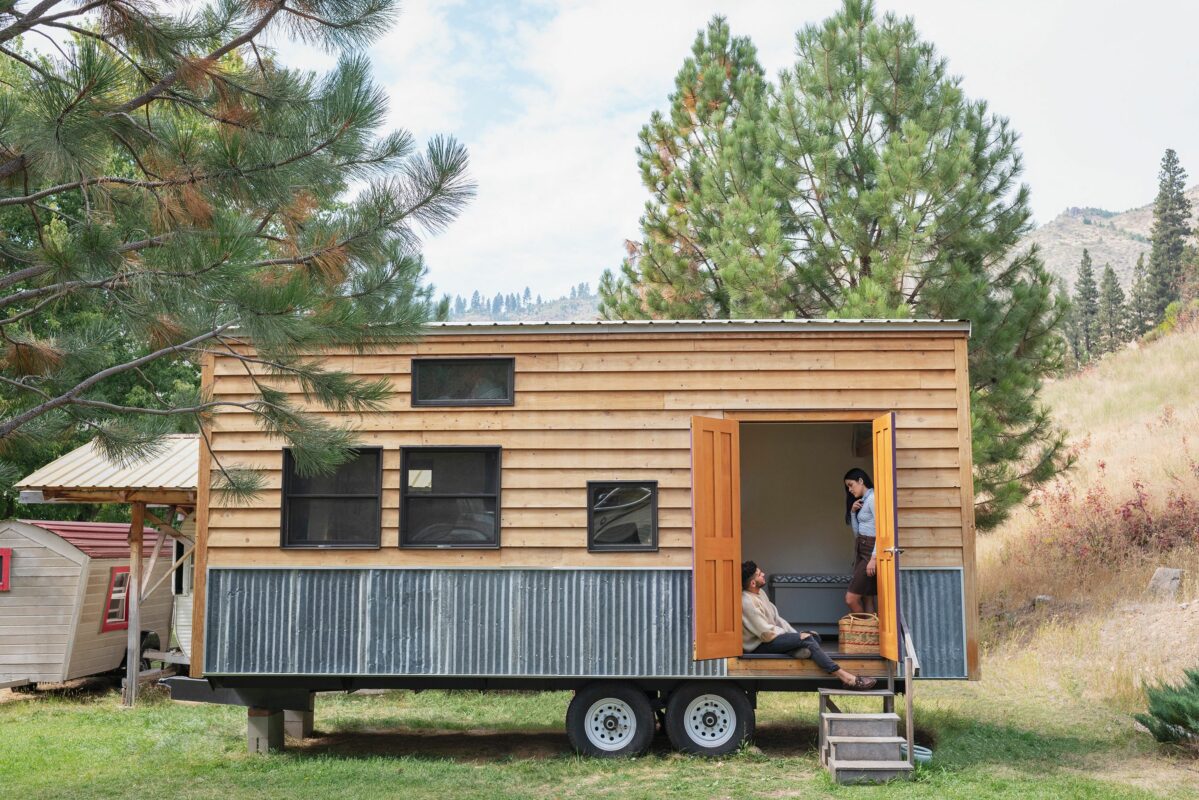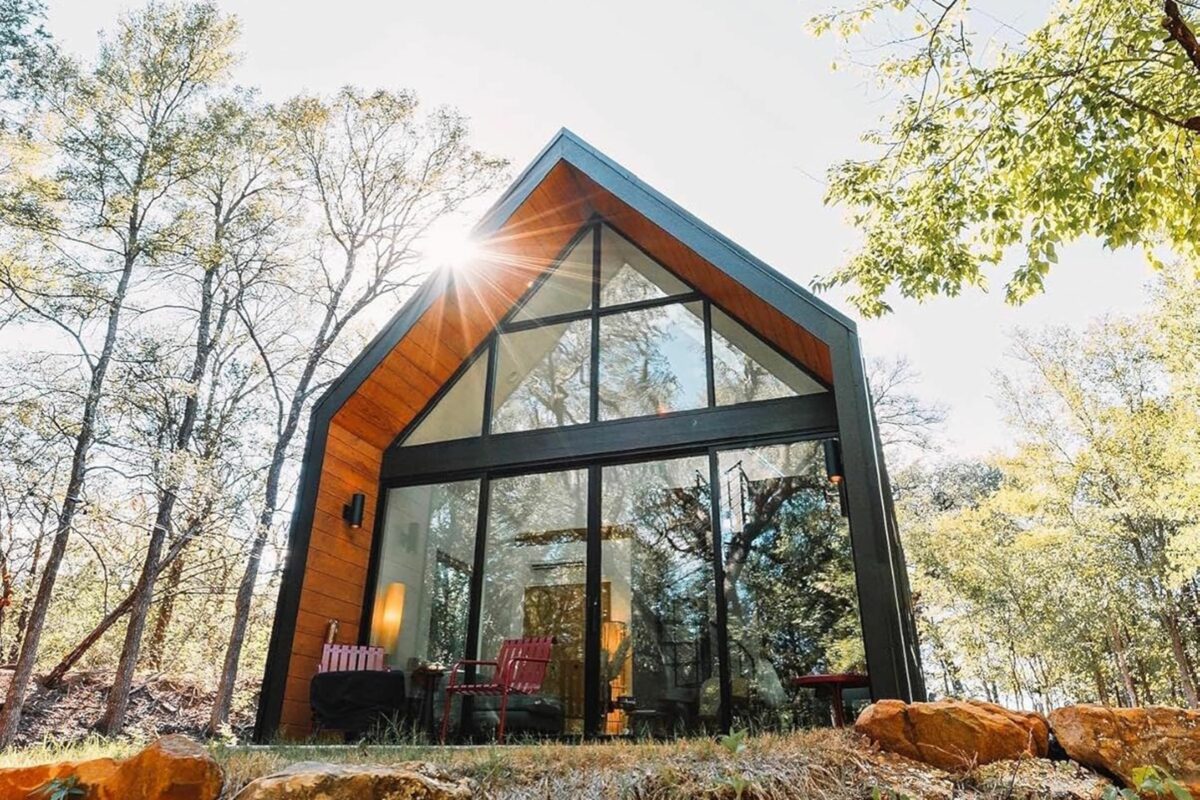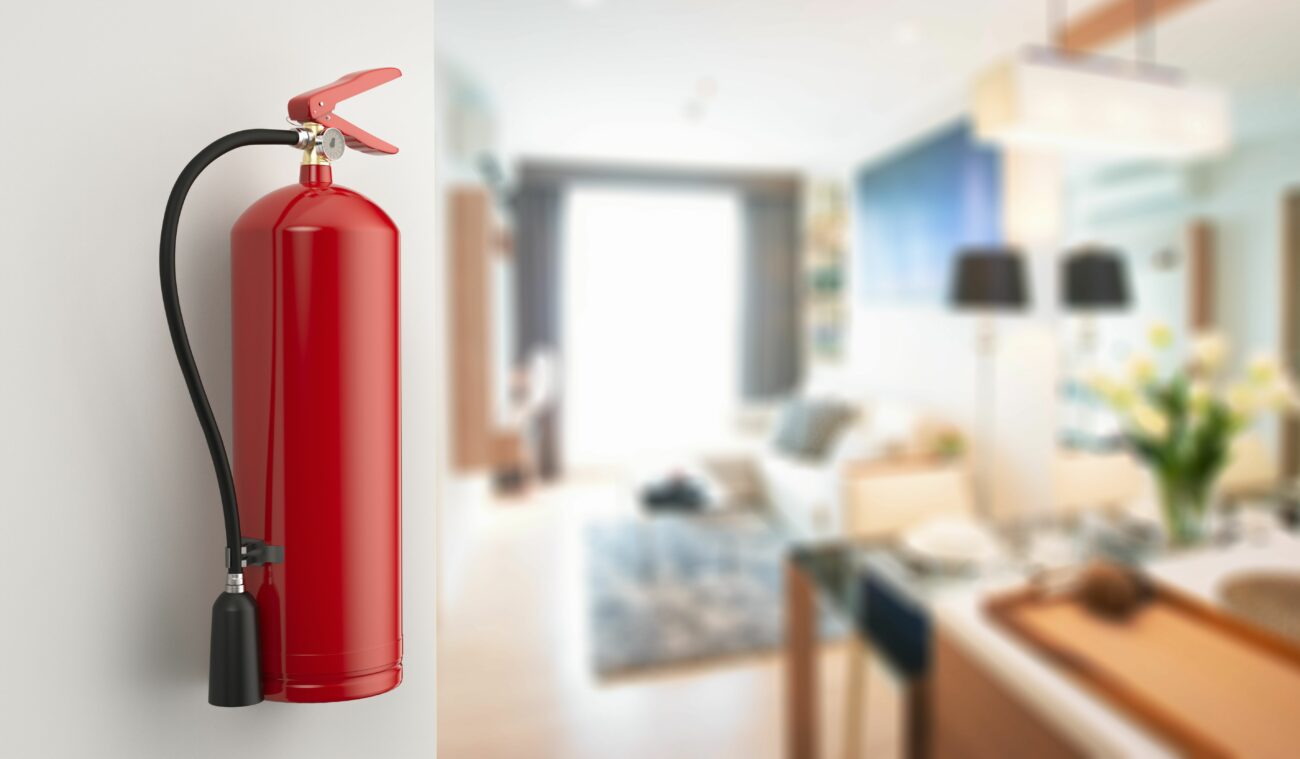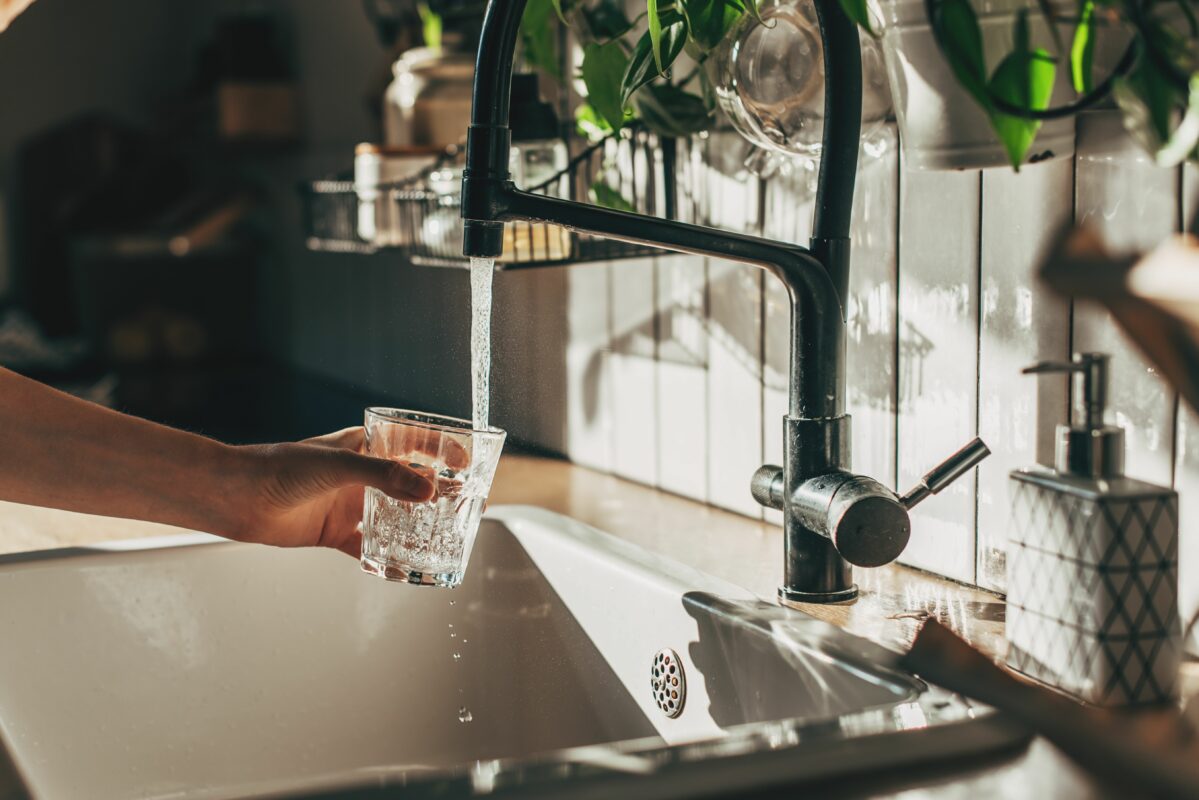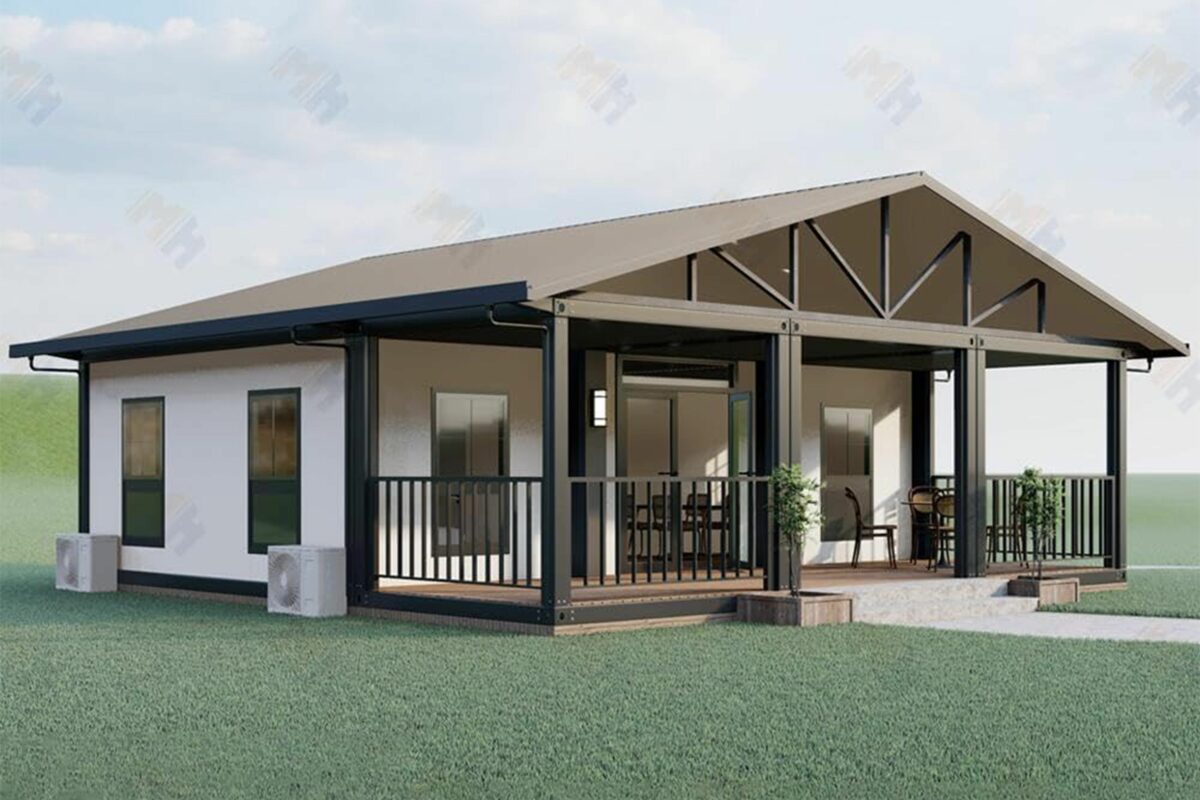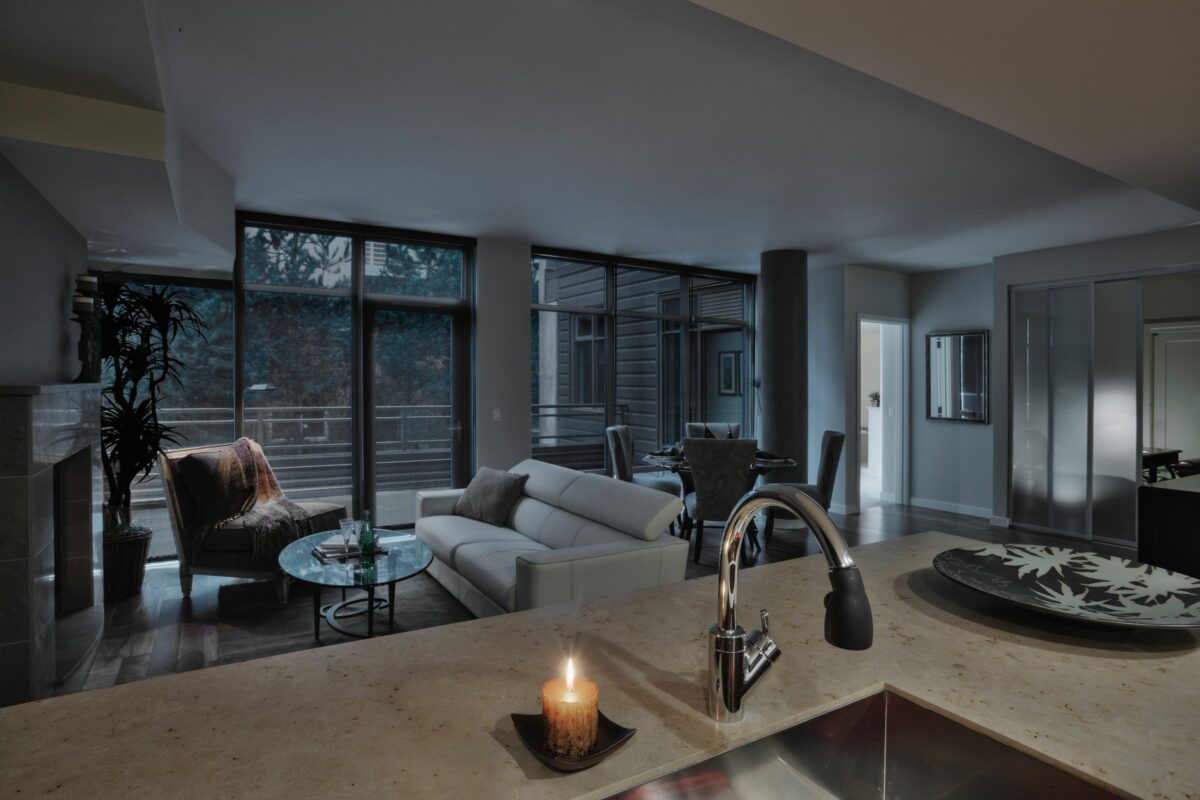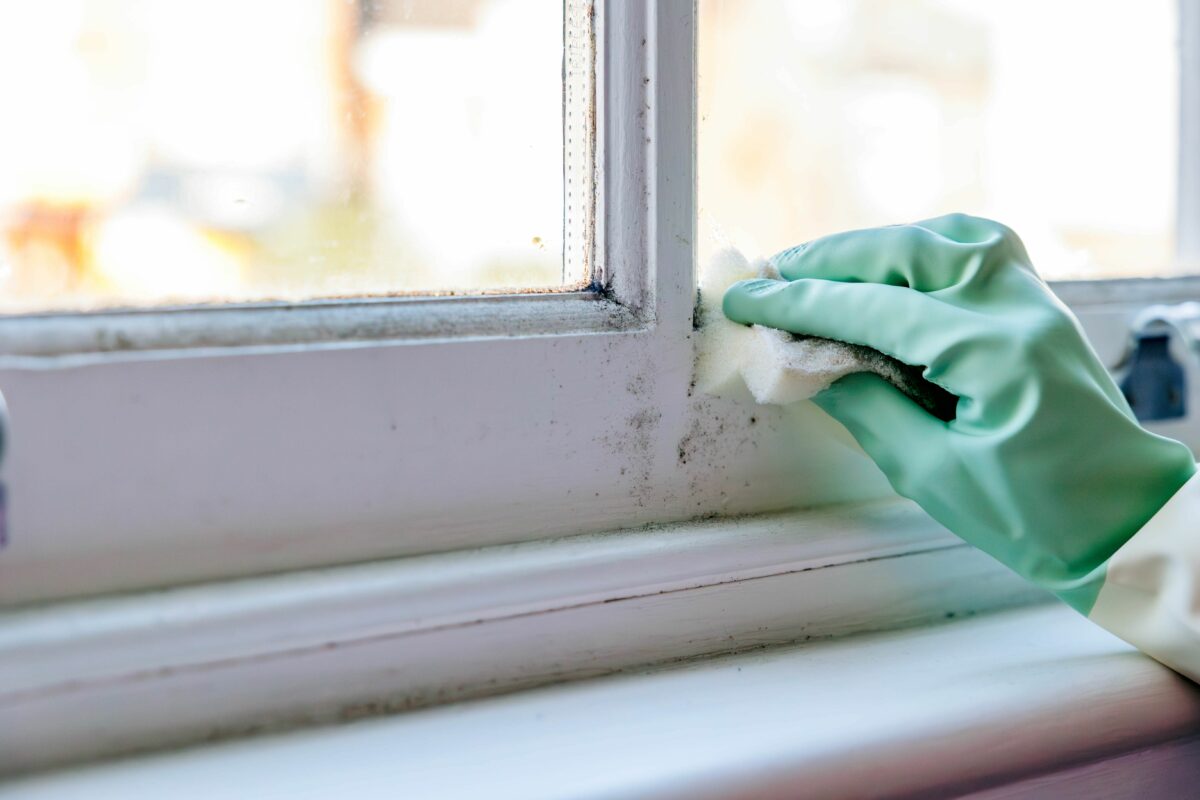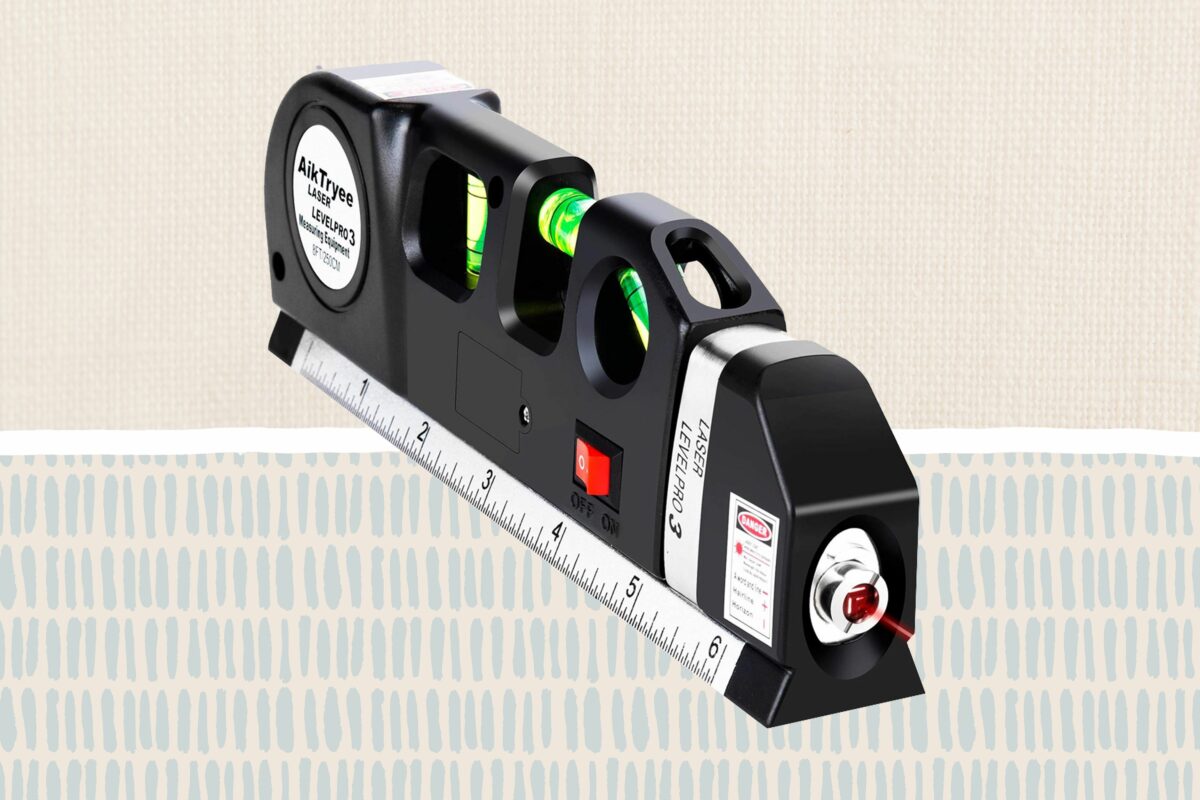We’ve all been there: The first summer heat wave comes to town and your air conditioner stops cooling, leaving you stranded in the heat. Air conditioners work hard year after year, but they do require a little upkeep and maintenance to run their best. If your air conditioner’s not cooling properly, there are a number of potential reasons. Some are simple, while others may require a service call from a certified HVAC technician. Here, we’ve outlined 7 potential reasons for your conditioner not cooling—and how to remedy them.
Warning Signs of a Malfunctioning Air Conditioner
To avoid your air conditioning going out as soon as a heat wave arrives, keep tabs on your system to ensure it’s running optimally before summer approaches. Here are some signs that may indicate that your air conditioning unit is struggling, so you can catch the problem before the unit goes out:
7 Reasons Air Conditioners Stop Cooling
1. Improperly Set Thermostat
Whether you use a smart thermostat or a basic thermostat, your air conditioner’s cooling issues could solely be a result of an improperly set thermostat. Adjust your thermostat to run the AC at your desired temperature. Switch the fan setting to “On” to check that the fan is working. When in doubt, reference your thermostat’s owner’s manual to ensure you’re using it properly.
2. Broken Thermostat
If you find that your thermostat is set properly but not communicating with your HVAC unit, the thermostat itself could be broken. This is more probable if you’re dealing with an older thermostat.
Luckily, replacing thermostats is a simple process that most homeowners can tackle themselves. While you’re at it, consider installing a smart thermostat for more control over your home’s heating and cooling.
Whenever replacing electrical components, always turn off the breaker associated with the electrical component and double-check using an electrical tester before proceeding.
3. Dirty Return Filter
Your HVAC unit’s return filter is responsible for trapping all of the hair, dirt, dust, and other particles that move through your system, preventing them from reaching the evaporator coils and causing severe issues. The return filter is designed to be replaced regularly.
Every home has different recommended intervals for replacing return filters, dependent on several factors. For instance, homes with pets could need a new filter monthly. If your filter is dirty, swap it for a new one to help your air conditioner cool more effectively.
4. Dirty Condenser Coil
The condenser coil, located on the outside unit, is responsible for removing the heat from your house. If the coils get blocked by dirt and debris, they can’t operate as needed, which results in inefficient heat dissipation. Clean your condenser coils to get your air conditioning properly cooling again.
5. Frozen Evaporator Coil
The evaporator coil, located on the inside unit, is responsible for cooling the air that is then blown into your home. These coils have a tendency to freeze up, which can reduce or totally compromise their function.
To determine if your coils are frozen, look for excess condensate around the interior unit, frost forming around the coil cabinet, or even ice around the exterior tubing. To defrost the coils, turn off your unit. Depending on the size and location of your unit, it could take at least 24 hours to totally defrost.
If your evaporator coils freeze again soon after you defrost them, contact an HVAC technician to examine the unit and determine the underlying cause.
6. Low Refrigerant
Without refrigerant, your air conditioning system can’t cool the air. Even a small refrigerant leak can drastically impact your air conditioner’s ability to cool. Refrigerant works by flowing through the air conditioner’s coils, where it repeatedly changes from liquid to gas and back again. The process removes the heat and blows it away with the outside unit’s fan. When the system is low on refrigerant due to a leak, it can no longer transfer the heat.
Adding refrigerant to your home’s AC unit is a job that’s better left to the professionals.
7. Undersized Unit
Not all air conditioners are the same size, just as not all houses are the same size. If your air conditioner seems to work well at the beginning and end of summer but struggles during the hotter months, it could be that the unit itself is undersized for your home.
This could be a result of improper sizing upon initial installation or because you built an addition and didn’t supplement or upgrade your unit. If this is the case, you’ll need to upgrade to a properly sized unit.
In some cases, you can supplement an undersized air conditioner with ductless units installed in hotter areas of the home, which can be a more cost-effective solution.
When to Call a Professional
If these simple fixes don’t get your conditioning cooling again, contact a professional to take a look. Air conditioners rely on several integral components to remove the heat from your house and cool the air. Even the smallest parts can impact the air conditioner’s ability to cool your home, making it incredibly difficult for the untrained eye to narrow down the potential issues.
Keep tabs on your unit and try to call before you get stranded with no AC. Calling an HVAC technician during a heat wave often leads to longer wait times and even higher rates.


